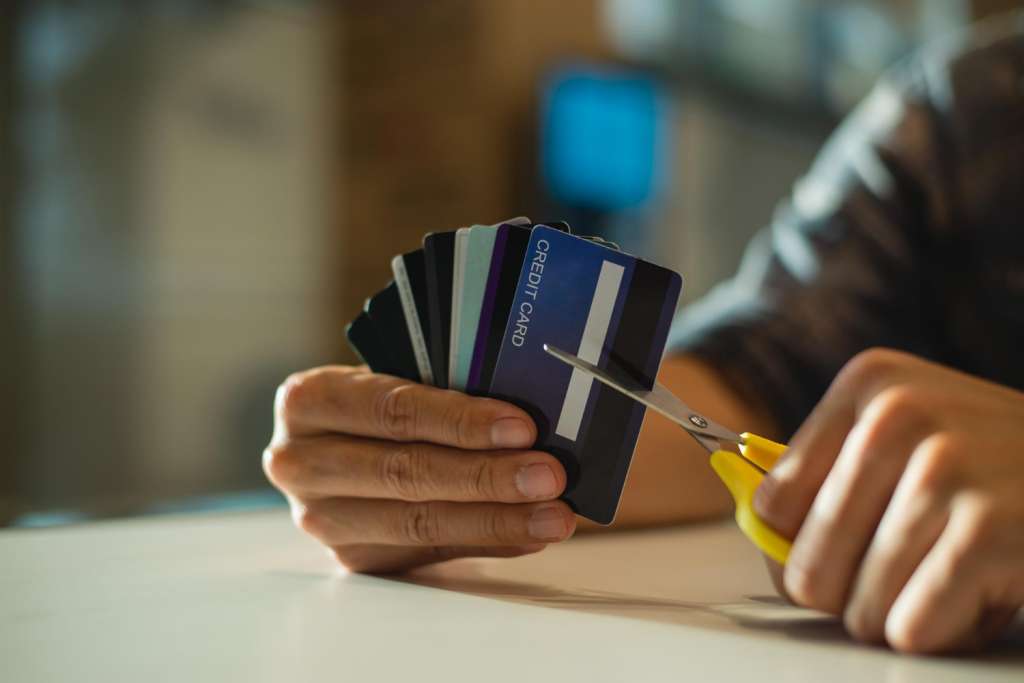Credit can be a lifeline in tough times, but it can also be quietly destructive. As I spoke with borrowers, financial experts, and scholars, it became clear that behind our fantastic plastic lies a powerful, deregulated, and exploitative system that traps many in a debt spiral.

These are the stories of that system, the people navigating it, and what we can do to better secure our financial future. Consumers are collectively $1.12 trillion in credit card debt. Everyday borrowers share how they’re navigating our modern-day debt machine. As soon as a kid turns 18, they apply for a credit card. They want to start building their credit so they can one day finance the purchase of a car or home. Many of us are headed in the opposite direction.
Credit card debt in America continues to break records. After a brief payoff period at the outset of the COVID-19 pandemic, powered mainly by stimulus checks, overall balances have steadily risen, blowing past the trillion-dollar milestone in the second quarter of 2023 to a current balance of $1.12 trillion, according to the Federal Reserve Bank of New York’s most recent Household Debt and Credit report.
Consumers typically pay down their credit cards in the first quarter, but both this year and last year, the quarter-over-quarter balance remained nearly flat. What’s more alarming is that the cost of carrying this debt has also increased. Credit card APRs went up 30% in an 18-month period, eating away at consumers’ budgets more than ever before.
Credit card debt is just one type of debt we face in our lifetimes, along with mortgages, car loans, student loans, and medical debt. But the credit card is uniquely powerful. It’s comparatively easy to obtain, aggressively marketed, and a contributor to your credit score, the financial reputation marker that determines your eligibility to fund future milestone purchases at reasonable interest rates. For decades, credit cards have been a huge cash cow for banks and retailers alike.
The way we use a credit card reflects the learned behaviors and financial education we’ve internalized throughout our lives, and advertisers often exploit this sometimes-irrational psychology. Using a credit card has never been easier, as digital wallets now let us spend money with a single click, tap, or scan.
E-commerce has also accelerated new financing iterations like “buy now, pay later” (BNPL), a credit card doppelganger that gives us yet another way to trick our brains by separating the act of buying from the act of paying. One Harris poll found that 43% of BNPL users were behind on payments and that a third of respondents had over $1,000 in outstanding BNPL loans. Then there are the vibes. A credit card isn’t necessarily bad, especially if you pay off your balance every month, and the perks and points are attractive.

But credit card debt is uncomfortable to talk about; it feels shameful and taboo. “How we got into this mess is the discomfort around confronting what credit card debt is and how to get rid of it,” say many experts, including a certified financial planner at Northwestern Mutual.
Conclusion
The credit card debt crisis in America is a complex issue, shaped by deregulated systems, aggressive marketing, and behavioral psychology. While credit cards can be beneficial if managed wisely, the growing debt burden is a significant concern. To address this crisis, we need better financial education, more stringent regulations, and a cultural shift in how we view and use credit. By understanding and tackling the root causes of this debt spiral, we can work towards a more secure financial future for all.







